Water Quality
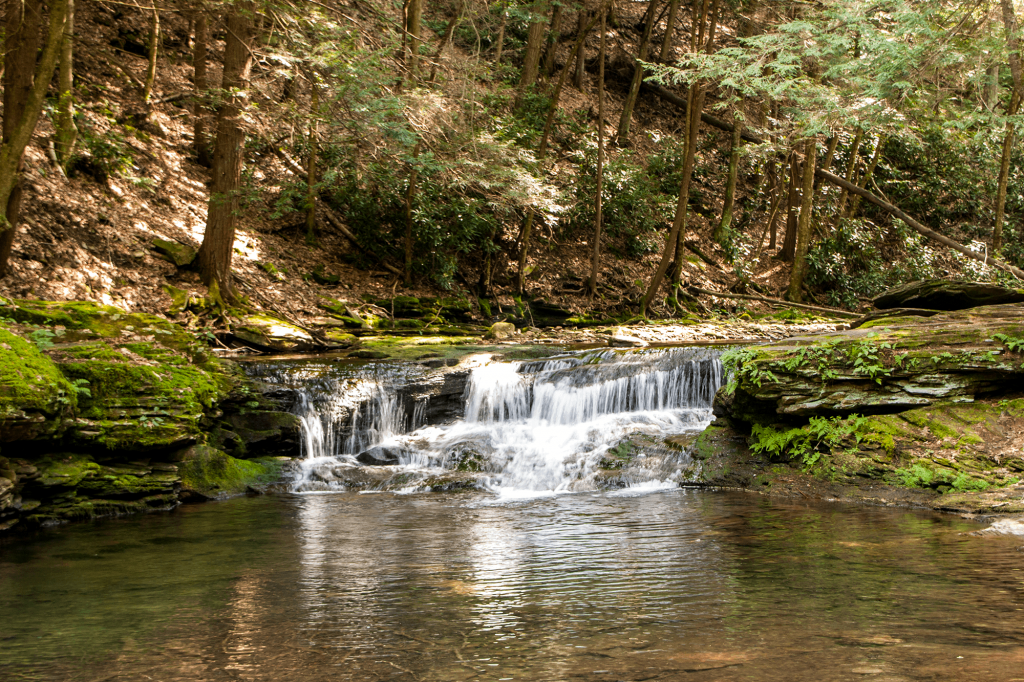
Forested watersheds across the Northeast and Midwest provide water for more than 76 million people. The health of a forest has a direct impact on the quality of ground and surface waters that arise from it. In general, watersheds with abundant forest have better water quality than those without. Forests help retain runoff, filtering pollutants […]
Recreation
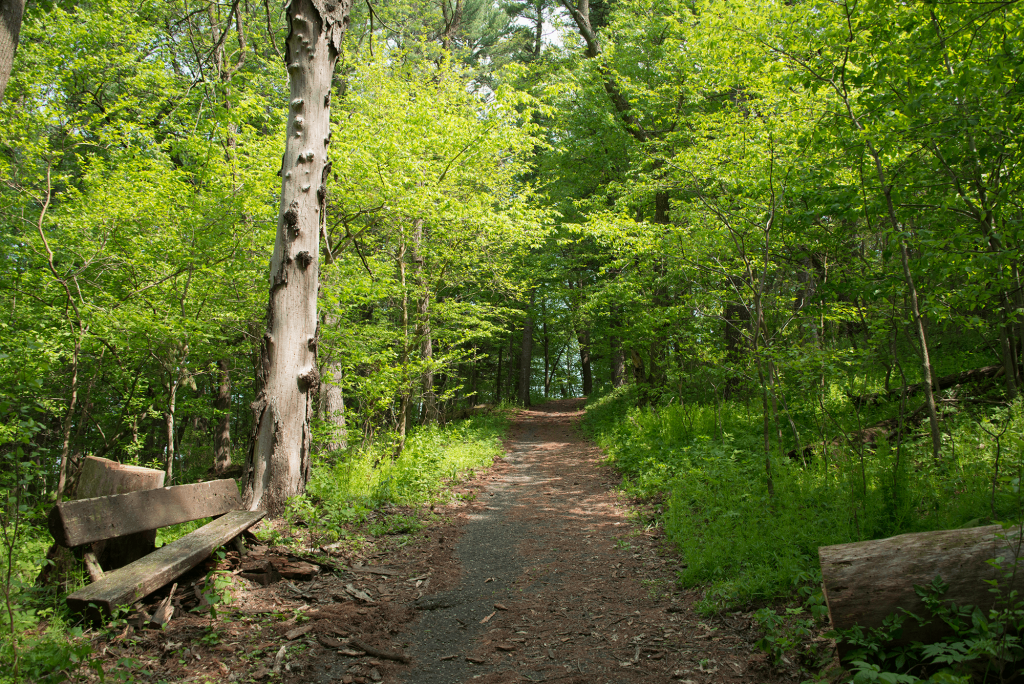
Whether it’s hiking, hunting, snowmobiling, going for a fall leaf drive, or simply hanging out in a hammock, more than 95 percent of Americans enjoy some form of outdoor recreation. Residents of the Northeast and Midwest lead the country in the amount of time they spend recreating on forest lands. Recreation can be good for forests. […]
Land Use Change

America is growing. Between 1980 and 1990, the Northeastern and Midwestern U.S. population increased by 2.8 million; the following decade, it grew by 7.7 million more. Along with more people come more houses, more shopping malls, more roads, and more pressure to develop open space. In recent years, the way we have grown has changed, […]
Invasive Species
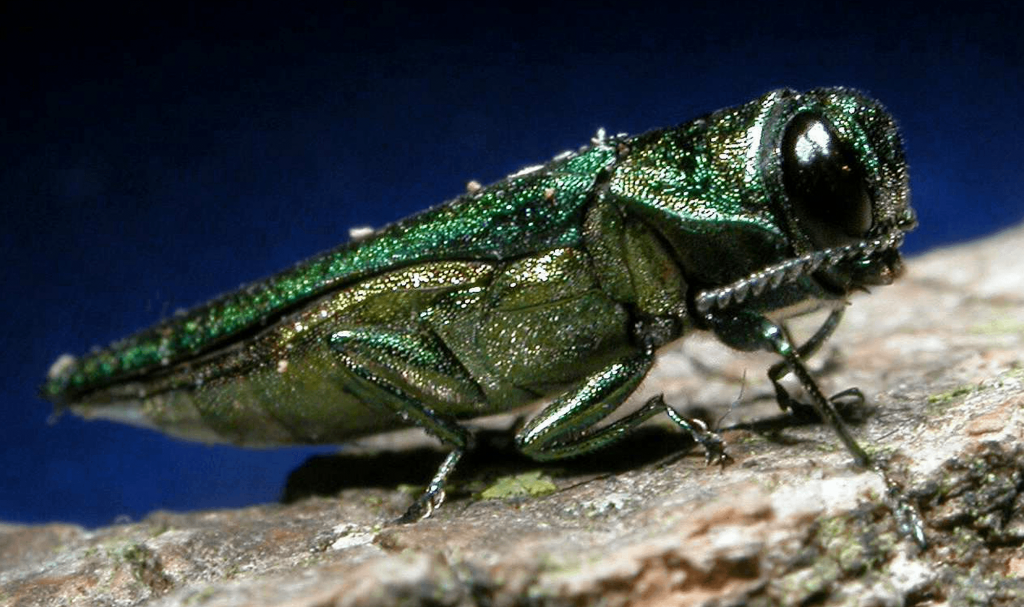
Every ecosystem is home to a spectrum of species that interact in complex ways — competing and cooperating, eating and being eaten. Over countless millennia of coexistence, such species reach an equilibrium that allows them to remain viable despite the pressures they place on each other. In many American forests, this equilibrium has been disrupted […]
Fire
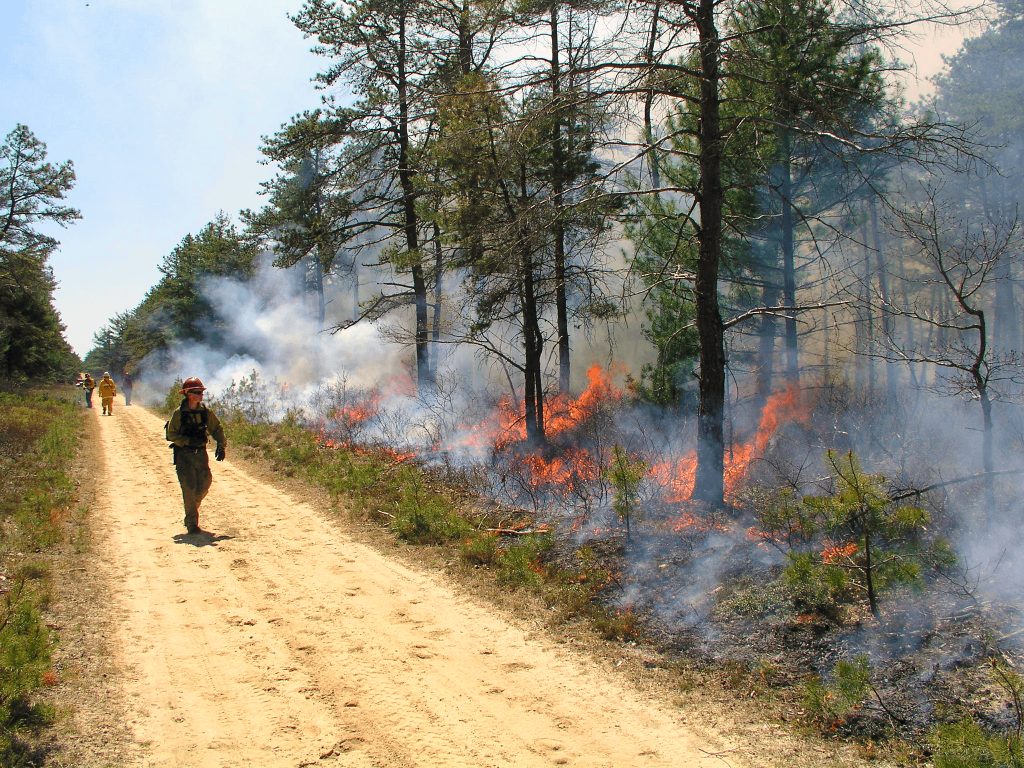
Fire is a natural part of many forest ecosystems, often helping to renew and regenerate forests. And periodic, low-intensity fires can help to reduce the risk of large, disastrous fires later on. But the benefits of fire must be balanced with the harm it can do to human life, property, and forests’ ability to provide […]
